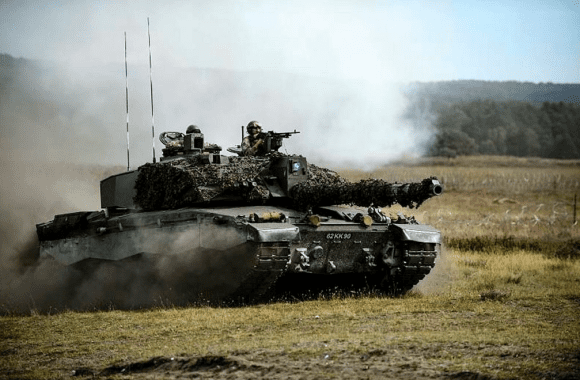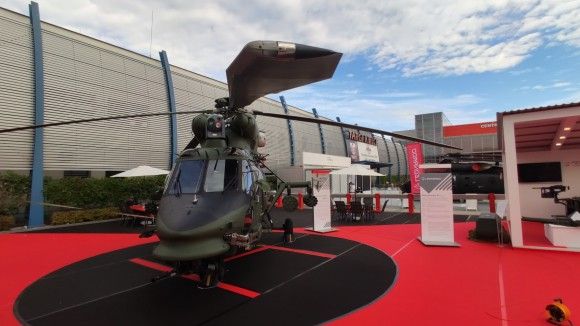Navy
Antonov Airlifter Transporting The Polish Naval Missile Unit
Polish Naval Missile Unit has finished its live fire training exercise, carried out jointly with the Norwegian Navy, involving the NSM guided missiles (Naval Strike Missile). Today, in the morning hours, An-124 Ruslan aircraft has landed at the 43rd Naval Aviation Base, transporting the Polish sailors and their equipment.
The activities took place in the Northern part of Norway, close to the Andoya island. It was the first international training of this profile ever to be organized, during which surface and maritime targets were being attacked, with the use of the NSM missile system. The missiles were used against decommissioned Norwegian frigates, adopted for telemetric testing of the armament. The vessels in question have no propulsion systems and they have been fitted with containers which house heat generators which cause the ship to replicate the target with a high degree of accuracy.
READ MORE: Live Fire Training Of The Polish Naval Missile Unit
Not only did the Norwegian exercise involve a live-fire training operation, as it also posed a challenge within the scope of logistics and the process of securing the combat operations. Deployment of the equipment of the Naval Missile Unit was realized on the basis of transport by sea (ORP “Kontradmirał X. Czernicki” vessel) and by air (C-295 and C-130 cargo aircraft of the Polish Air Force and heavy Ukrainian An-124 airlifter). The Polish deployment involved 90 sailors, command vehicles for the squadron and for the battery and the missile launcher. The unit was commanded by the Commander of the Naval Missile Unit, Commander Roman Bubel.
Realizing the fire mission in the firing range located close to the island of Andoya constituted a test of strike capabilities of the anti-ship NSM system at vast distances. Secondly, the operation also made it possible too integrate the NMU crews, during the actual employment of the armament, and in a context of cooperation with the Norwegian ally. The joint exercise in question also constituted a perfect training opportunity for the crew of the An-28 Bryza 1R patrol aircraft, hailing from the Siemirowice 44th Naval Aviation Base. The aircraft in question relayed the targeting data to the Polish and Norwegian sailors. The naval training range located close to the sailing routes was being secured by the ORP “Kontradmirał Xawery Czernicki” command vessel, of the 8th Coastal Defence Flotilla based in Świnoujście.
An-124 Ruslan is a four-engined, strategic airlifter. The aircraft is the second largest cargo airframe in the world. It weighs 175 tonnes, while its wingspan is 73.3 meters. The fuselage is 69 meters long and 21 meters high. An-124 has a cruise speed of 850 kilometres per hour.



